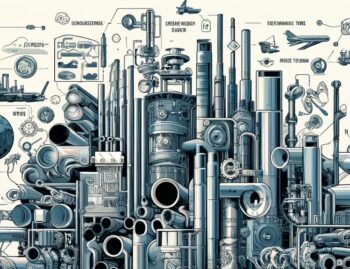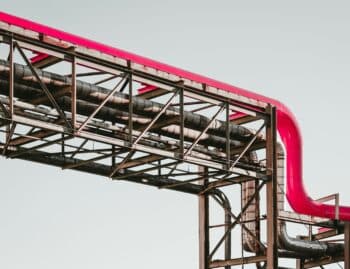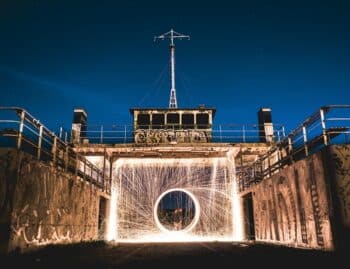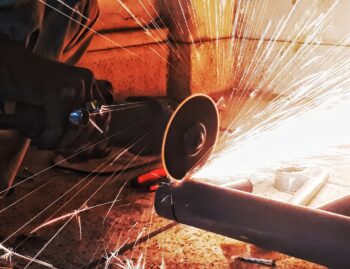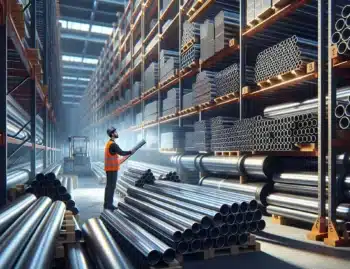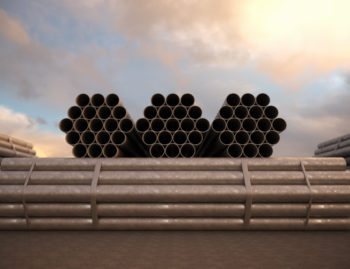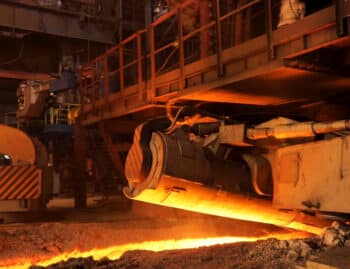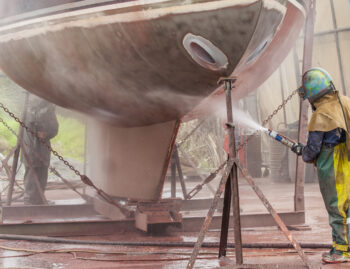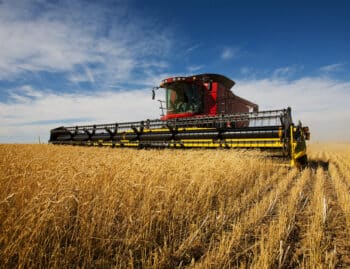Industrialized Steel Manufacturing Plants
But all of that changed when settlers discovered iron ore deposits near the Great Lakes. They also found rich coal veins in the Midwest which became the central hub of the steel industry. As the American economy expanded in size, heavy steel production exceeded 10 million tons fueled by the demand for iron during the Industrial Revolution. New inventions like the Bessemer converter and the open-hearth furnace made blasting iron ore a far more efficient process.
Once the cost of production went down, people began using steel for building railroads, welding in construction, and all kinds of repairs. With an abundance of raw materials and a strong market for iron, mill owners began to set up steel plants to supply hardware tools and firearms in both domestic and international markets. Pollution will always be a problem in mining steel not to mention the smoke emitted by steel plants into the atmosphere.
The Environmental Impacts of Steel Production
Environmental pollution is a serious concern in America’s steel industry. There are many factors that contribute to air and water pollution: Physical disturbances at the mining site are caused by digging waste rock disposal pits. These waste piles take up space in landscaping for conservation efforts. Erosion of minerals rocks from surface drainages could end up polluting stream sediments. These harmful metals will soon be exposed to wildlife.
Some waste rocks contain sulfide minerals like lead or pyrite. Acidic chemicals can oxidize and must be drained so they don’t contaminate groundwater for drinking or irrigation. Copper and lead ore tailings react with air to produce acid seepage. These tailings are removed by facilitating runoff treatments. In the past, sulfur dioxide acidifies the soil which prevents vegetation from growing around the steel plants. Modern smelters will filter out sulfur dioxide emissions before they are released by factory chimneys.
People who live around metal smelters will suffer health problems since they’ve absorbed lead into their bloodstreams. Public safety is indeed a concern. Mining sites pose a hazard for local residents because surface pits and underground workings may collapse unpredictably. To close off such areas, mine owners and government agencies will undertake reclamation projects and install warning signs.
Green Developments In Steel-Making
In order to make the steel industry more environmentally friendly, plant owners must regulate air emissions, wastewater contaminants, and hazardous wastes during steel production. Greenhouse gases (CO, SO2, CO2) are released via energy consumption in manufacturing primary steel. Furthermore, coke byproducts like naphthalene and ammonium compounds are likely to contaminate water. Even electric arc furnaces release heavy metals per ton of steel.
One way to deal with accumulating waste is to recycle and reuse crude steel. Re-melting scraps in an electric arc furnace or a Basic Oxygen Furnace should be sufficient in meeting quality standards. Structural Steel is designed for reuse as its beams have bolted connections but lack fixings that require welding. They make long-span beams easier to cut and dismantle for scaling purposes. These practices reduce the amount of iron mining.
An eco-friendly solution is possible in the form of steel buildings. These buildings are entirely constructed from scrapped metal. In addition, they contain pre-fabricated components which are assembled using fewer laborers and machines. Their metal coating is proven to conserve almost 50% of the complex’s utility consumption. And best of all, their steel beams are generated from emission-free plants.
Technological innovation improves upon traditional blast furnaces using a process called continuous casting: Liquid metal is removed from a refining vessel and cast into thick slabs. Steelmakers are trying to figure out how to use this method for sheet gauges and automotive applications. For example, Nucor is churning out semi-solidified steel from molds and adding on a belt-casting step to maximize steel production rates. One of their greater challenges is to weld steel sheets from liquid metal.


